In the Studio: Christian Việt Đinh
“My nail salon series is meant to celebrate the success of the Vietnamese nail s...

Rocío Rodríguez is an Atlanta-based painter and 2022 Joan Mitchell Fellow. We interviewed her about her work and creative practice in March 2023. The following is an edited transcript of that conversation.
My art practice has been a 40-plus-year journey. If I were to describe it, I would say that I am a painter who does a lot of drawings that are like entries in a diary. I find that ideas are usually generated from the works on paper first, and then when I seem to be heading in some direction, I start making paintings. So drawing is really crucial to my process.
There have been a lot of different series or bodies of works that have developed along the way that have dealt with specific themes or issues, and they have been very different from each other. I tend to follow my creative intuition, and I never impose a subject on my work, but let the subject arise from the process.
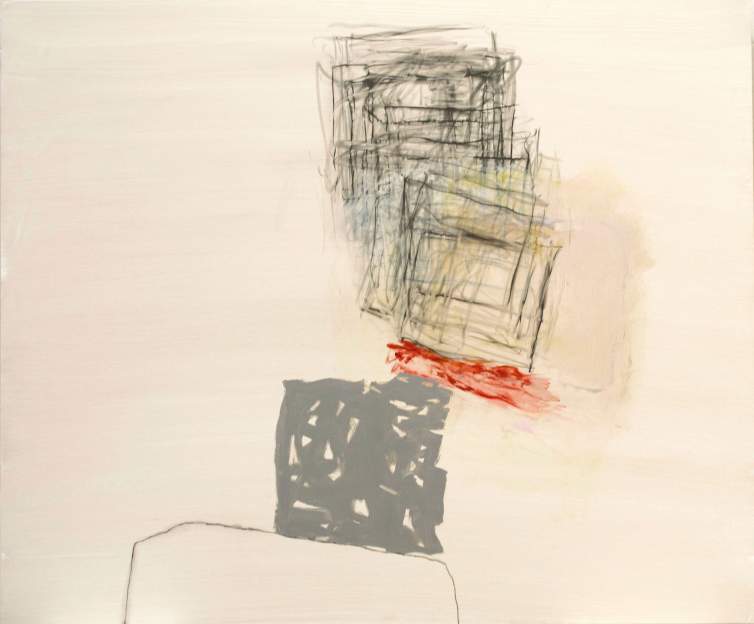
I have primarily been an abstract painter. I started out as a figurative painter but since the early 90’s I have been involved with an abstract vocabulary.
I sort of rebel against the whole idea of “style” or having a continued, consistent body of work or subject. I don't like to be told what to do. I have been known to follow detours in my work. For example, in 2014, I was in Marfa, Texas, for a three-month residency sponsored by the Marfa Contemporary. I did 52 drawings there. And while I was there, I became very interested in the conversation that was going on outside with the sky, the land, and the light. But given that my visual vocabulary was so reductive and so abstract, I didn't quite know how to bring all that into the work.
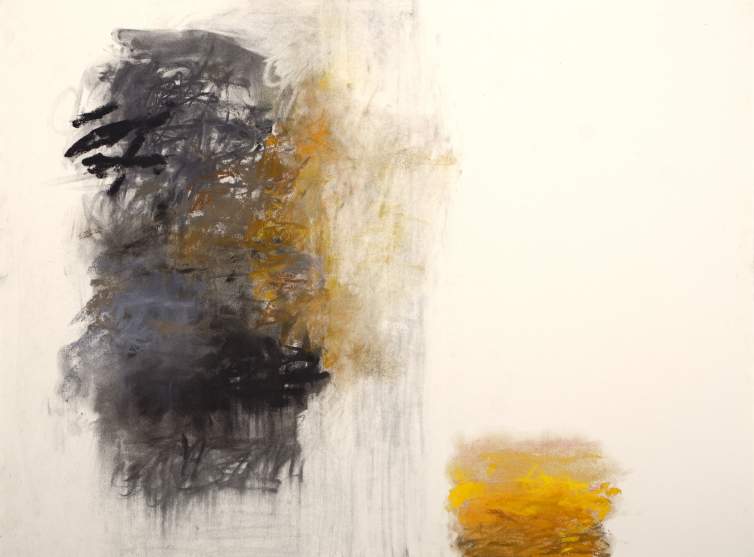
I had snippets of things in the drawings that talked a lot about the color of the sky and landscape—little things that looked like little sunsets inside boxes, things that you might not pick up on as the viewer. And I even had the thought at that time that I wanted to paint a sunset, which is the most cliche thing you can think of. But I came home and I kept doing my drawings and my paintings and the color became very vibrant. Again, I was slipping into my memories of that sky and land, and only I knew those influences were there, in my work.
Six years later, I returned to the desert, to New Mexico, and I rented a little casita, set up a little studio and finally said, "I'm going to take that on." It felt so risky—a total departure—but it also felt very appealing, very challenging. When I returned home to my studio, I produced a whole body of work based on the sky, land, and sunsets, and they were monochromatic. I took the color out of these images because I wanted to present this subject in a way that it is not normally depicted. When I was out there looking at the sky and watching all this amazing stuff that goes on out there, I kept thinking, remove the color, so that the viewer can then participate in imagining what that color would be.
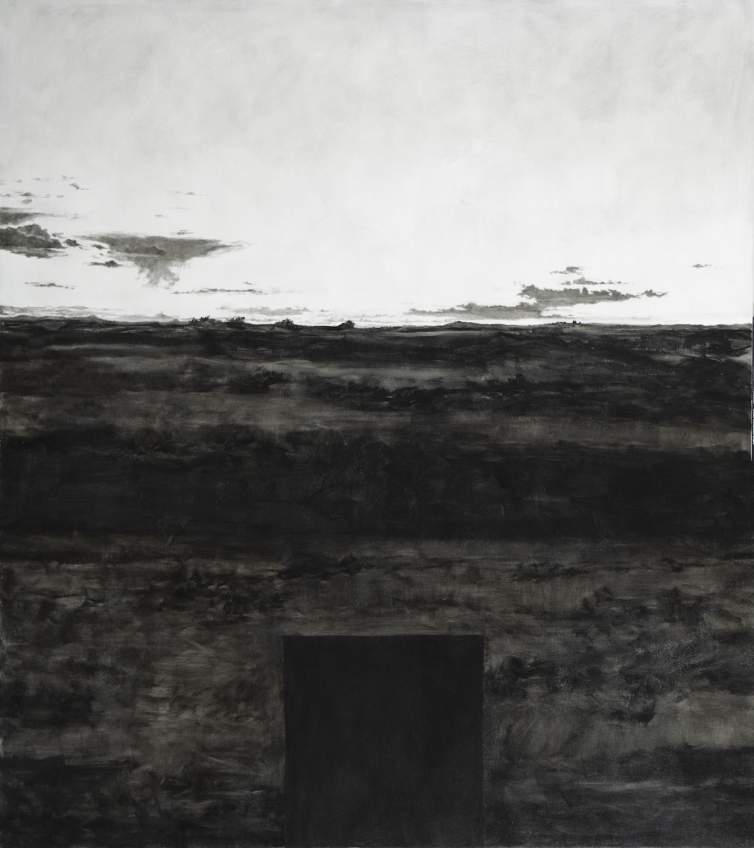
My work has always been about differences and oppositions and creating some kind of visual tension—having things that are solid or concrete and things that are kind of ephemeral and are in the process of transformation or change. It relates to how I see my life and how I experience my reality. I never feel like I am in a fixed place. My worldview is inclusive of differing ways of seeing and experiencing an “in-between space,” where opposites and contradictions can exist side-by-side, informing each other.
Aside from the more representational or figurative works like the skyscapes, my work shows its process. There's a lot of doubt in the drawings, there are things that you see that have been erased, taken off or redone. And there's usually a conversation inside of the drawings like one side talking to the other. So you see the process as the image is forming itself.
Going back to the skyscapes, a sunset forms itself as it's disappearing. And I found that to be so important and metaphorical for the human condition. We are forming ourselves as we are all heading in the direction of our mortality. That is what attracted me to it. This image is forming itself as it's dying, as it's ending. And that very much was in my head about the abstract drawings and paintings that I made later.
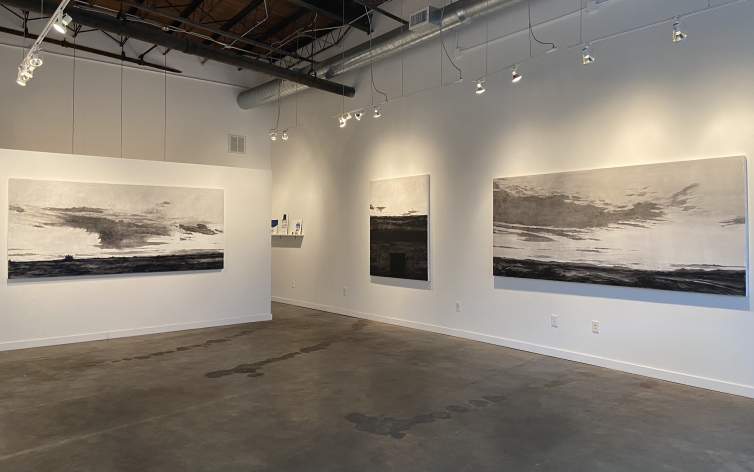
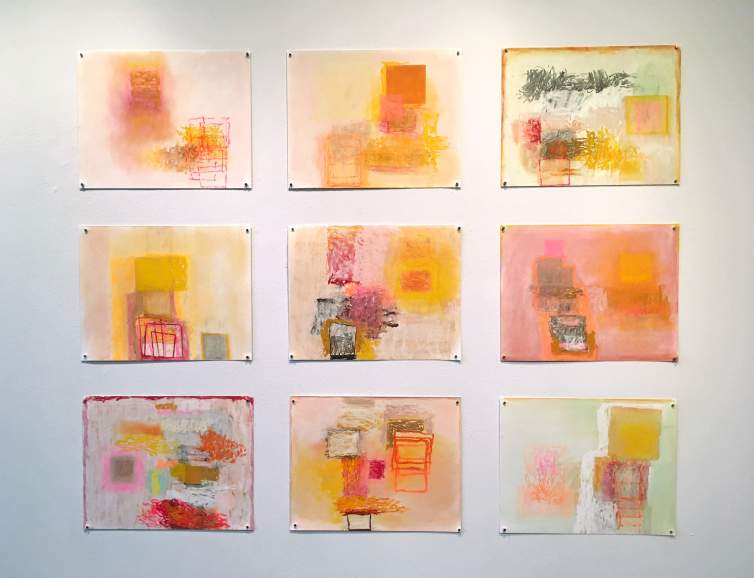
I did an exhibition with the skyscapes/landscapes. And in one of the other rooms of the gallery, I had all the abstract drawings that I made after the monochromatic paintings and these were full of color. All the color I felt out there, I put into drawings. So I had both of those bodies of work in the same exhibition so that one could inform the other.
Today, I was thinking about this painting hanging behind me [Black Tower, 2011, photo below], and how that painting was part of a body of work that has been going on for the last 12 years. In 2011, I had reached the conclusion of a previous body of work that lasted six years, and it was very frenetic. The compositions were really full of imagery and a lot of color. And I had come to the end of that. So I went through an investigative nine-month period in my studio where I did a lot of work that ended up in the trash can.
We had a snow storm here in January of 2011. You know how that is in the South, everything is paralyzed and that’s pretty much how I was feeling in my studio. And I remembered starting with this drawing, and I was so lost and so frustrated and so tired that I could not get going in here. So I asked myself, "What is image-making to you and what do you want to see?" I made a very simple drawing with a black box or rectangle and this kind of raging cloud on top. And then I did another drawing, and again, it was another little rectangular shape with something on top. And all of a sudden, about a week later, I had a lot of drawings up on the wall.
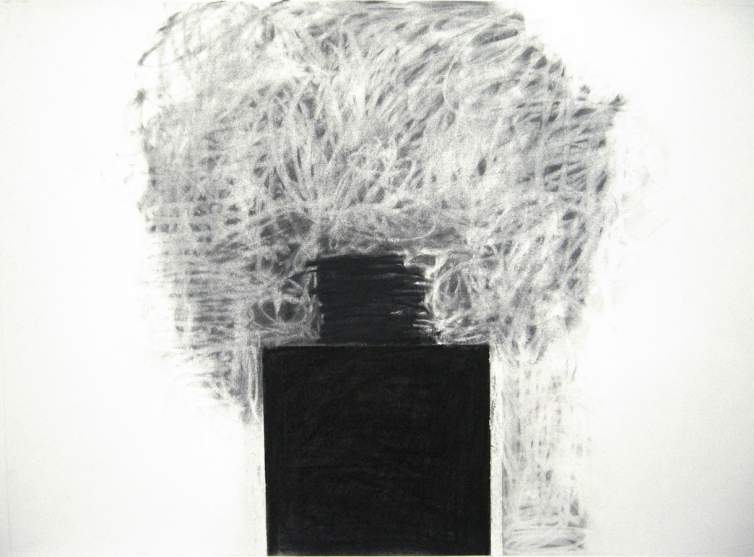
In these drawings there was all this stacking of my visual vocabulary—shape, line, form, textures, my artist handwriting—meaning how I make shapes and forms. And I realized I was deconstructing or taking apart my entire visual vocabulary. But at the same time—and this is going to sound a little strange—I was really angry at painting in a way. I was sort of wanting to make fun of it because I've dedicated my entire life to it. And I just felt like it is such a burden sometimes to carry that whole history of painting in your head. I wanted to take it down a notch, and I was also feeling like I wanted to possibly quit painting. In short, I was experiencing a creative existential crisis and working my way through it.
So I started calling these drawings and paintings memorials to my own work. I was stacking everything and putting images on top of one another and some were forming and some were coming apart. Then this whole body of work developed and it was all about the language that I used in terms of painting. This painting behind me [gestures to back of studio, where Black Tower is hanging] was the last one in that series from 2011.
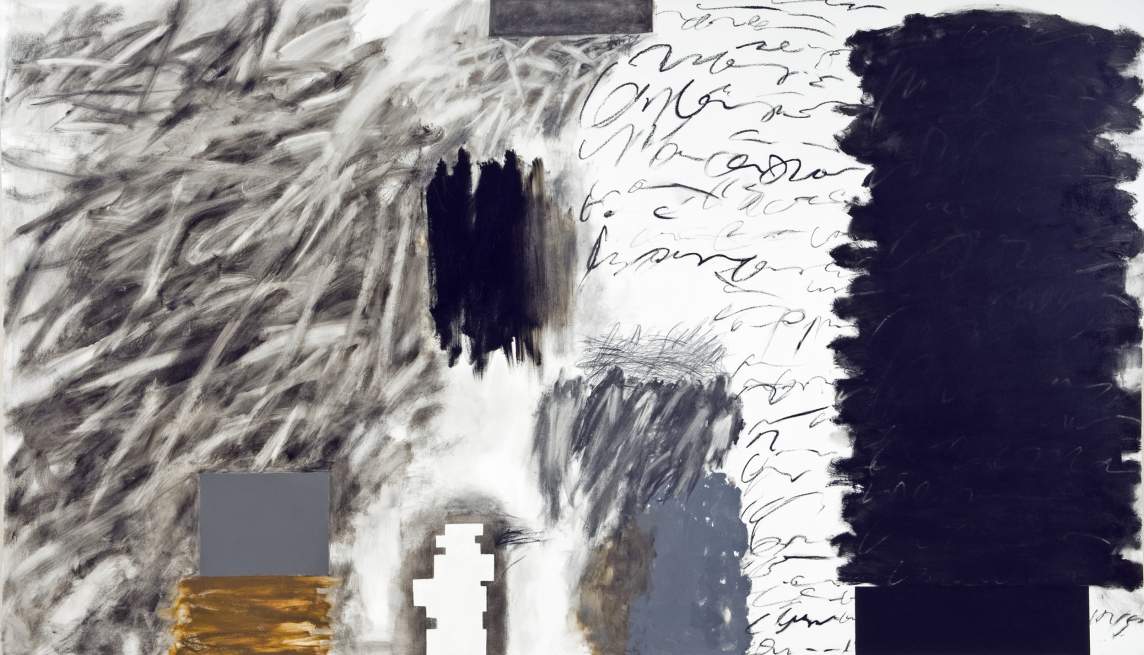
What's happened with this body of work, over the past 12 years, is that it’s gone through about four transformations, and now I think I am at the end. I think I have said about as much as I want to say about this and I'm not interested in just repeating myself. When I make work, I want it to be a discovery, a revelation. So I'm in a very funny place right now. I feel like I'm at the end of this 12-year period of taking apart my entire language in addition to bringing other things into that work.
It's an interesting thing, receiving the Joan Mitchell Fellowship at this time, because it's just so generous. It will give me the opportunity to leave my studio again, because I think routine is a creativity killer. If you're always in the same space and if you're always doing the same thing and if you can predict what the next day is going to be like, all that can really hamper creativity. I've left my studio a few times in the past with various residencies, and worked in different locations like the residency in Marfa and the trip out west to New Mexico that prompted the skyscapes, and I have always come back and made something new.
Travel is essential to me. I'm always seeking very new and differing experiences from where I have already been. And the work kind of shows that. So I would like to go back out to New Mexico and possibly Arizona, and again, be out there in the middle of somewhere in that vast space. I’d like to see if I can find something else and create a whole new body of work that is related but possibly very different from what I have done, and be challenged in a different way.
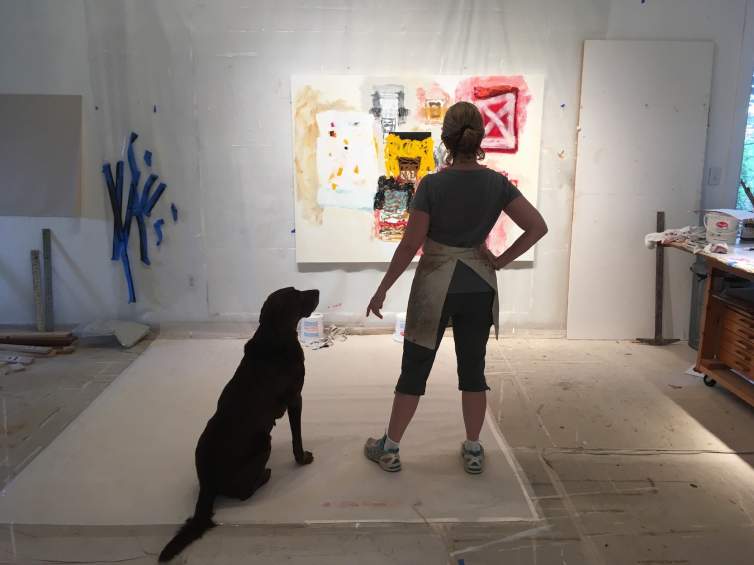
As I'm going through this transition, I don't want to plan any exhibitions. I don't want to put that kind of expectation on myself, because I'm looking forward to making a big change here with the work. I just want some work time, studio time.
The thing about my work is that I try to get out of my way, and that's a struggle sometimes. Because I argue with it, question it, doubt it. This studio looks really clean and ordered, but there’s chaos in here. This is the ER. Stuff is dying in here, and I'm trying to create something, make something live. I try to let the work speak first and develop. And that’s the creative process for me. It's being in a not knowing space and trusting that. It’s a very intuitive, subconscious process.
Interview and editing by Jenny Gill. Learn more about Rocio Rodriguez’s work here.